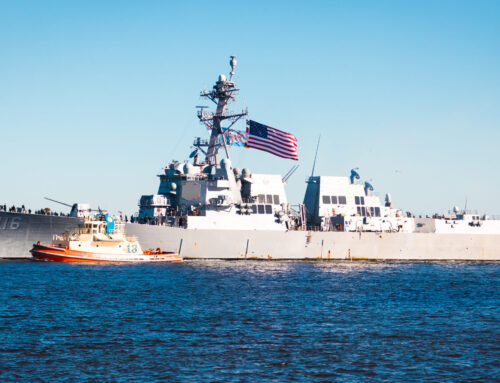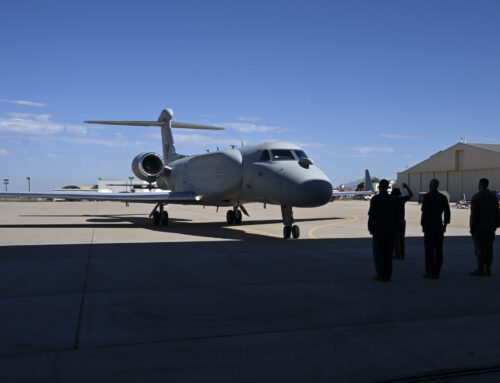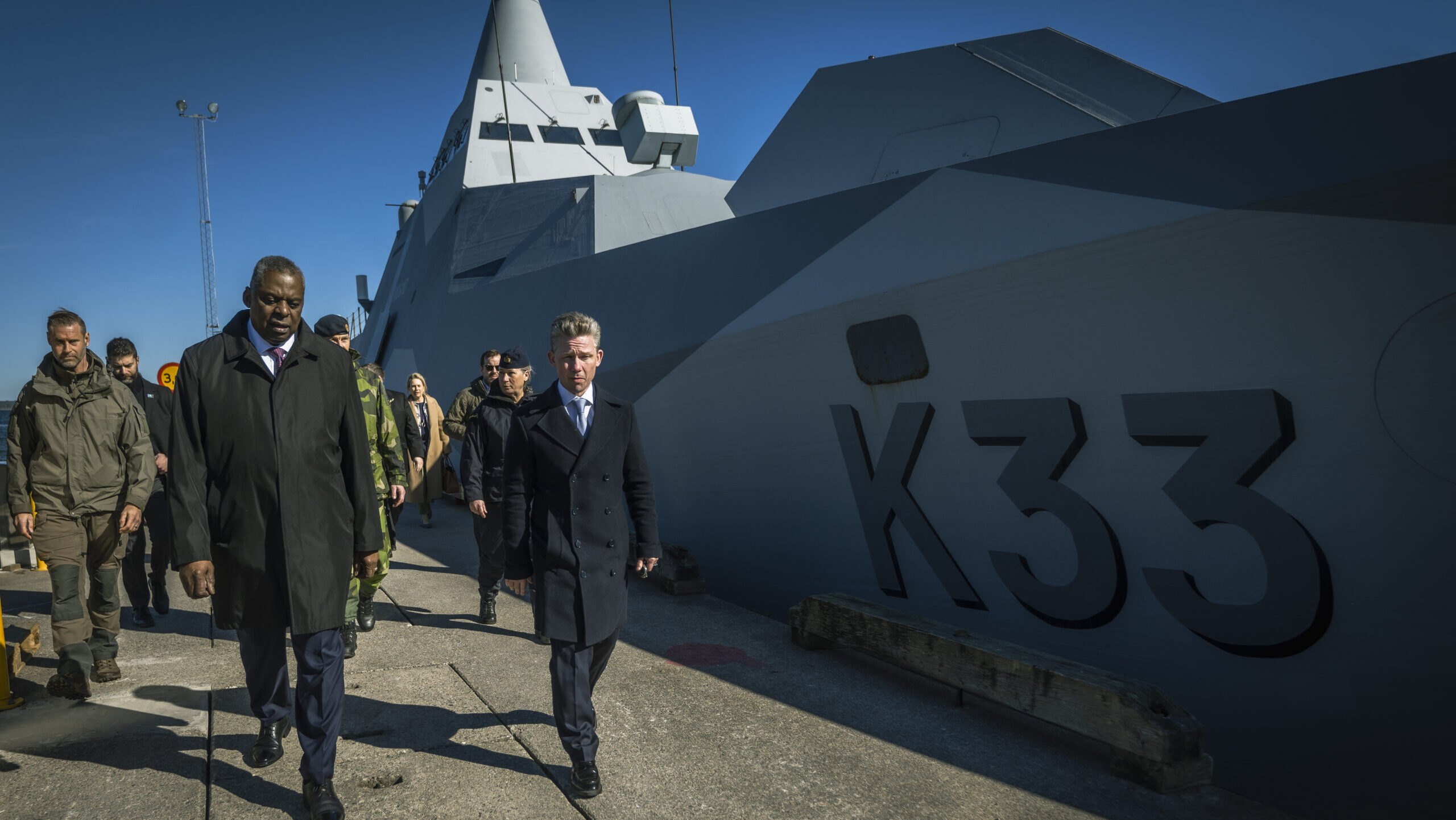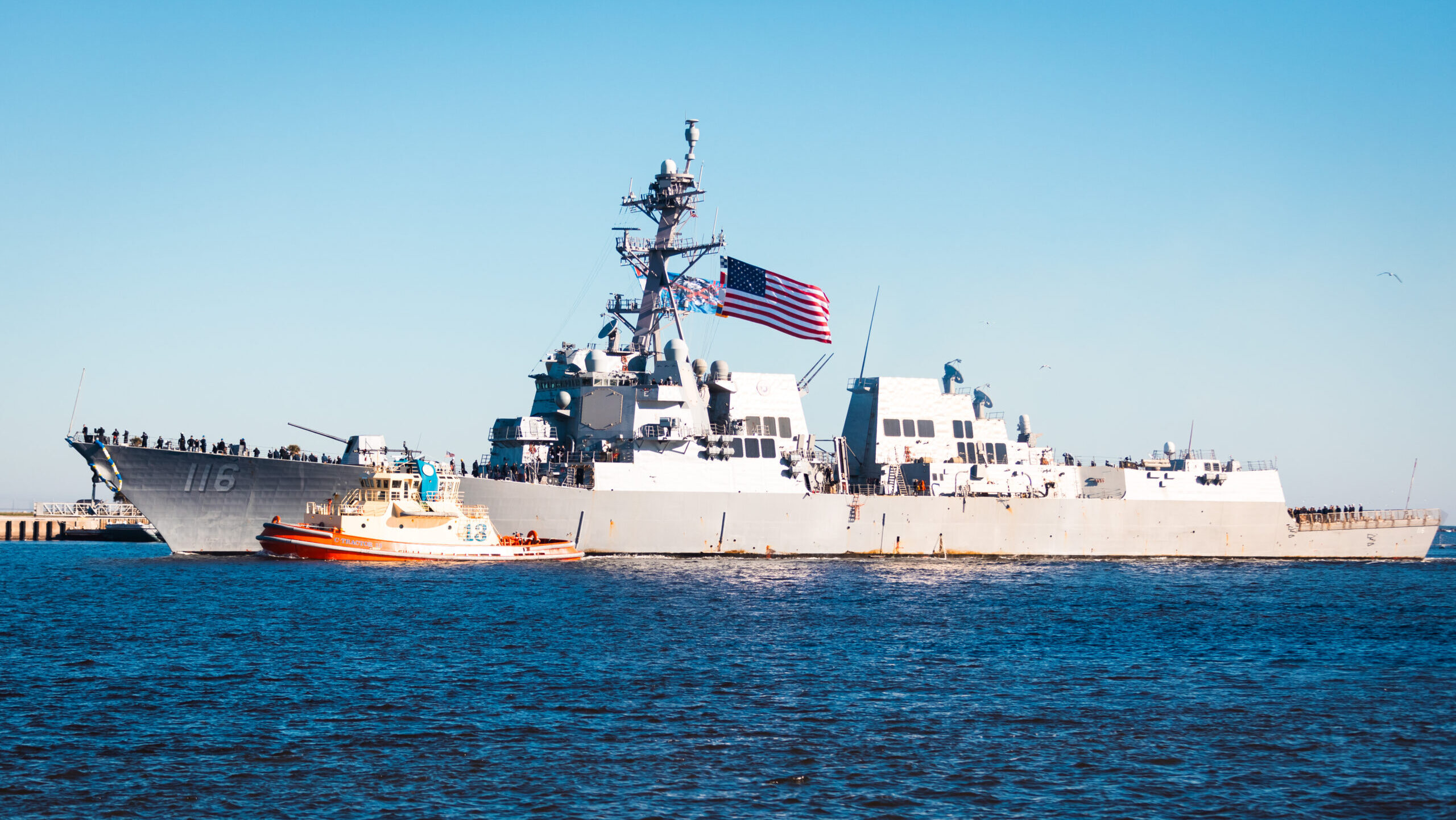Raytheon’s Advanced Technology business makes extensive use of modeling and simulation in sensor and weapons development. Shown are renderings of the SPY-6 naval radar. (Raytheon image)
The torpedoes, radars, missiles, and satellites that will be in the Defense Department’s arsenal of the future are being defined and crafted today by Raytheon’s Advanced Technology business whose job it is to turn next-generation technologies into real-world warfighting capabilities. This is the organization, for example, where the Air Force’s hypersonic air-breathing weapon, HACM, was conceived, designed, and matured.
Colin Whelan, president of Raytheon’s Advanced Technology (AT) business, gave us a high-level look at the team. In two follow-up stories, AT will discuss: the flexible foundational building blocks it uses when developing new radar and weapon capabilities (such as software defined-apertures and composable weapons); and the importance of modeling and simulation in demonstrating radar and weapon system capabilities through its Rapid Campaign Analysis Demonstration Environment (RCADE) that analyzes capabilities at the theater level.
Breaking Defense: Advanced Technology is RTX’s capability incubator business for Raytheon. How do you address future defense challenges?
Colin Whelan is president of Raytheon Advanced Technology.
Whelan: RTX is transforming innovative research into technologies that shape the future of aerospace and defense. At Advanced Technology, we approach our customer’s challenges from theater- and mission-level perspectives. I’ve spent the last 25 years working across the company to ensure we give our warfighters an unfair advantage on the battlefield. The output of the ‘AT team’ as we like to call it, spans the development of individual components to full-scale solutions, early ideation to production readiness, and from seabed to space.
AT works to understand the future threat landscape and we shape our technology development for what our warfighters will need for the future fight, rather than only what may be written in a requirements document today.
The team operates seamlessly across the entire RTX enterprise that also includes Collins Aerospace and Pratt & Whitney, while routinely partnering with small businesses and academia to ensure we’re always bringing our customers the best, most innovative and capable solutions.
What are some of the well-known DoD programs that were birthed and matured within the Advanced Technology business before they were handed off to the other Raytheon business units?
This team has helped define, architect, and propel some of Raytheon’s most well-known franchise programs such as: the Navy’s SPY-6 radar on carriers and destroyers; the Army’s Air and Missile Defense LTAMDS radar complementing our Patriot system; the Air Force’s hypersonic air-breathing weapon, HACM; and the Next Generation Jammer, the Navy’s latest electronic warfare system for the EA-18 GROWLER.
Why are you pulling back the curtain, so to speak, on Raytheon AT at this point?
It’s always been hard to say much about what we do. The world has changed rather significantly in the recent past, but the AT team has been thinking about ways to solve for the emerging need for faster fielding, with more capabilities and at lower costs, for a long time. We are delivering many of those systems today.
We leverage our expertise in systems integration and mission-level solutions to help define future product roadmaps. And thanks to the flexible foundational building block architecture that I mentioned earlier, our solutions can quickly receive customizable features enabled through software.
How is AT translating that into new capabilities in radars/sensing and weapons?
From a sensing system development perspective, AT is focused on harnessing the full capabilities of the RF spectrum. We’ve created a software-defined aperture architecture rather than a conventional radar approach to produce flexible hardware solutions that serve multiple missions with ‘software apps’ like on your cell phone. Fielded and future programs are receiving these upgrades today.
From a new weapon-development lens, reuse once again becomes a catalyst for speed. Over the last decade, we have architected the use of common, scalable, Lego-like hardware and software building blocks, allowing us to go faster and streamline our factories.
Final thoughts?
I’m incredibly fortunate to be a part of Raytheon’s Advanced Technology business, and I see the impact our work makes to ensure the safety of our nation and allies around the world regularly. Our team is an agile one, built for speed. We take the challenge of developing next-generation defense technologies very seriously, and I look forward to being able to share more about our work soon.










